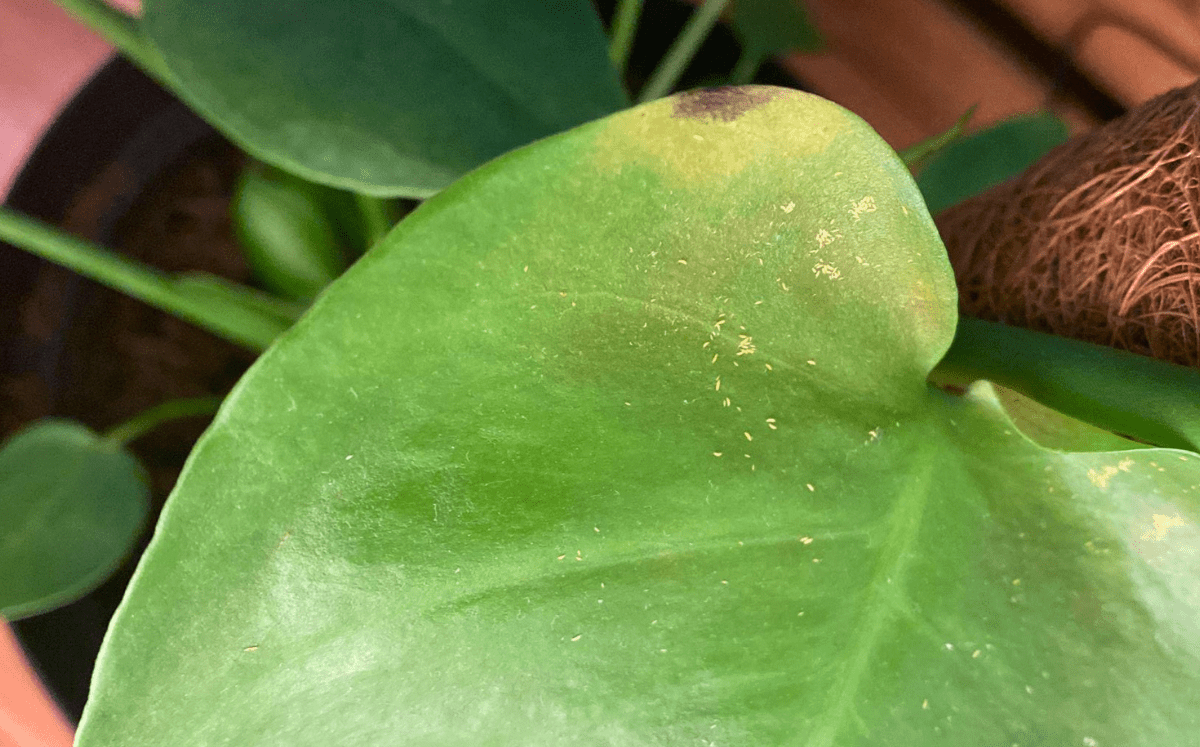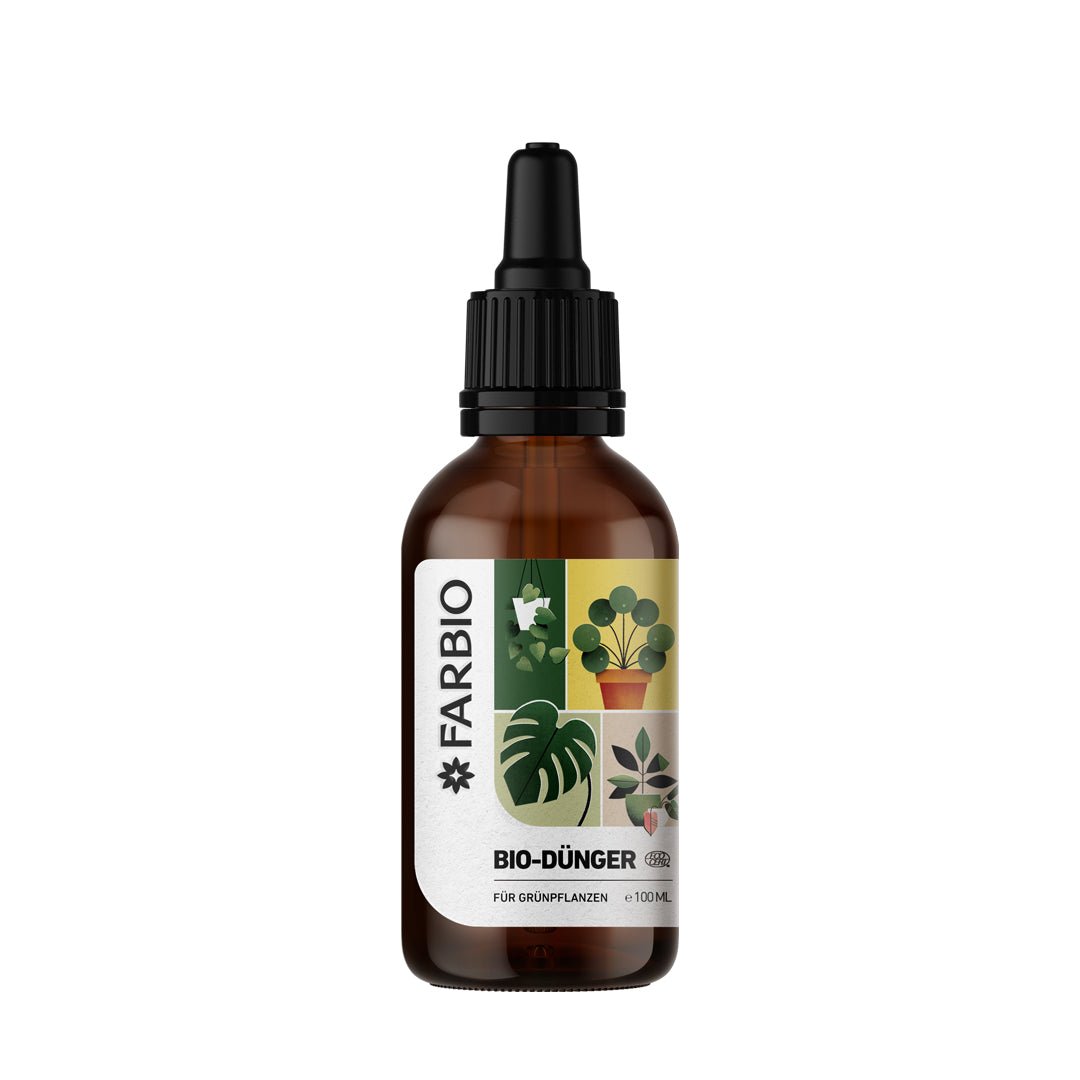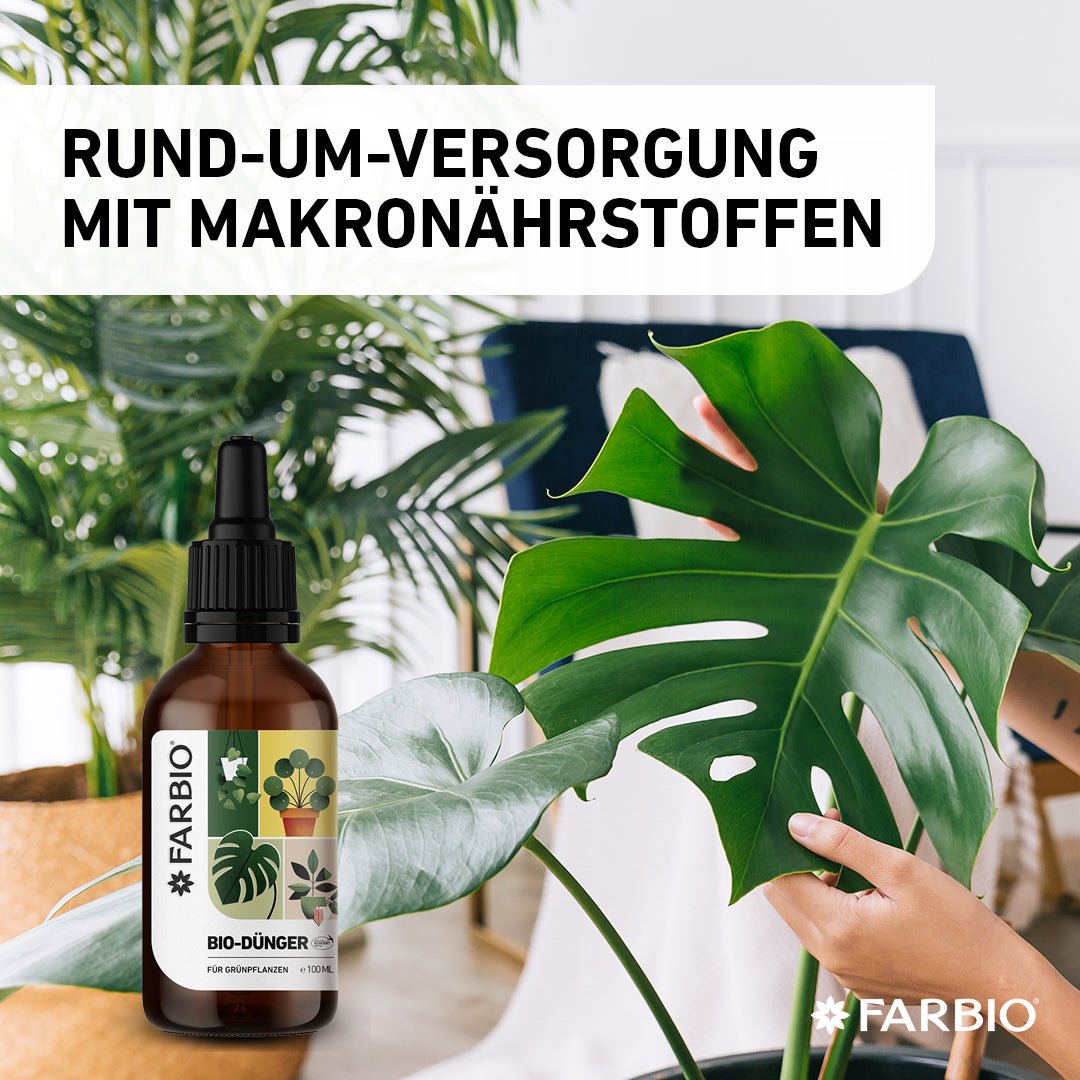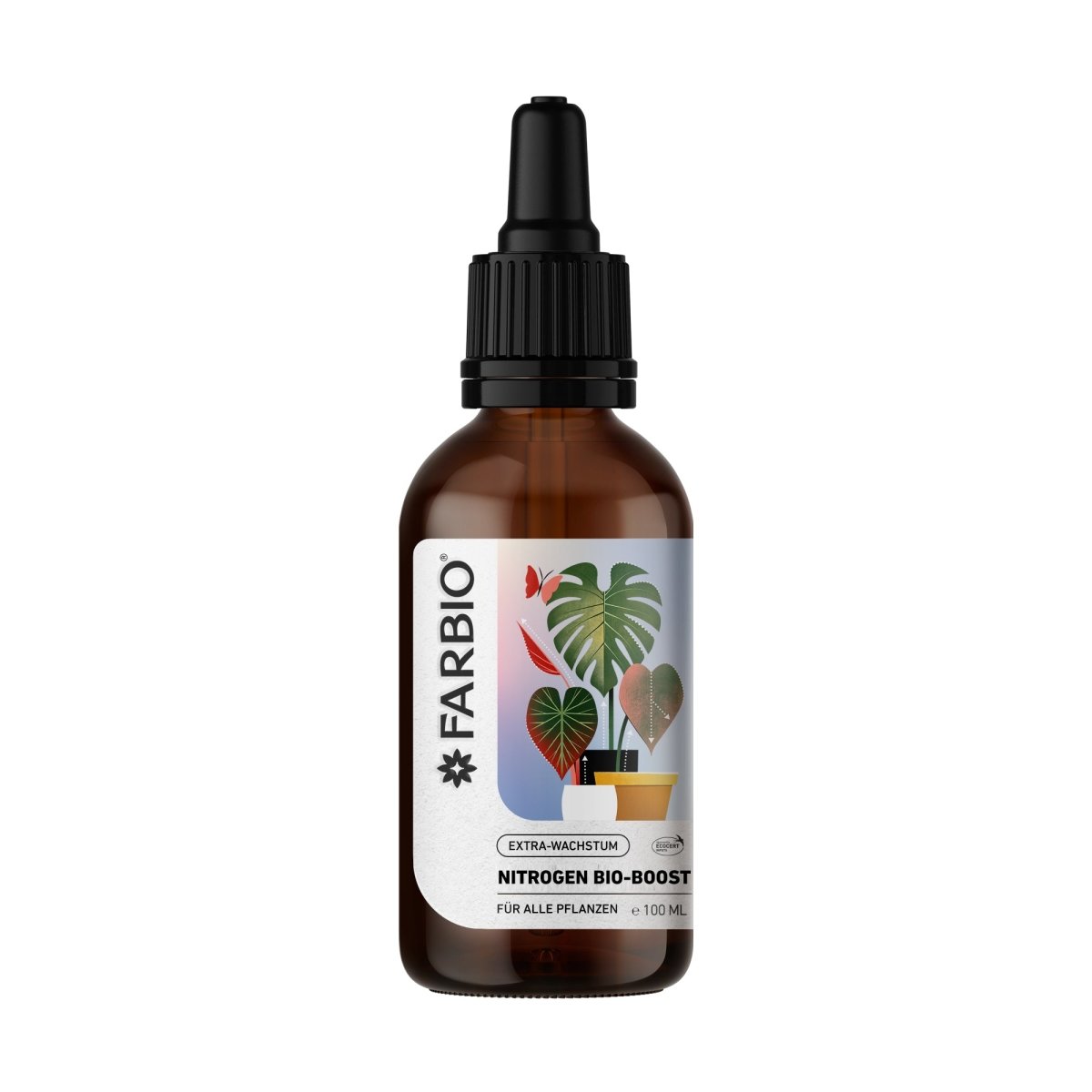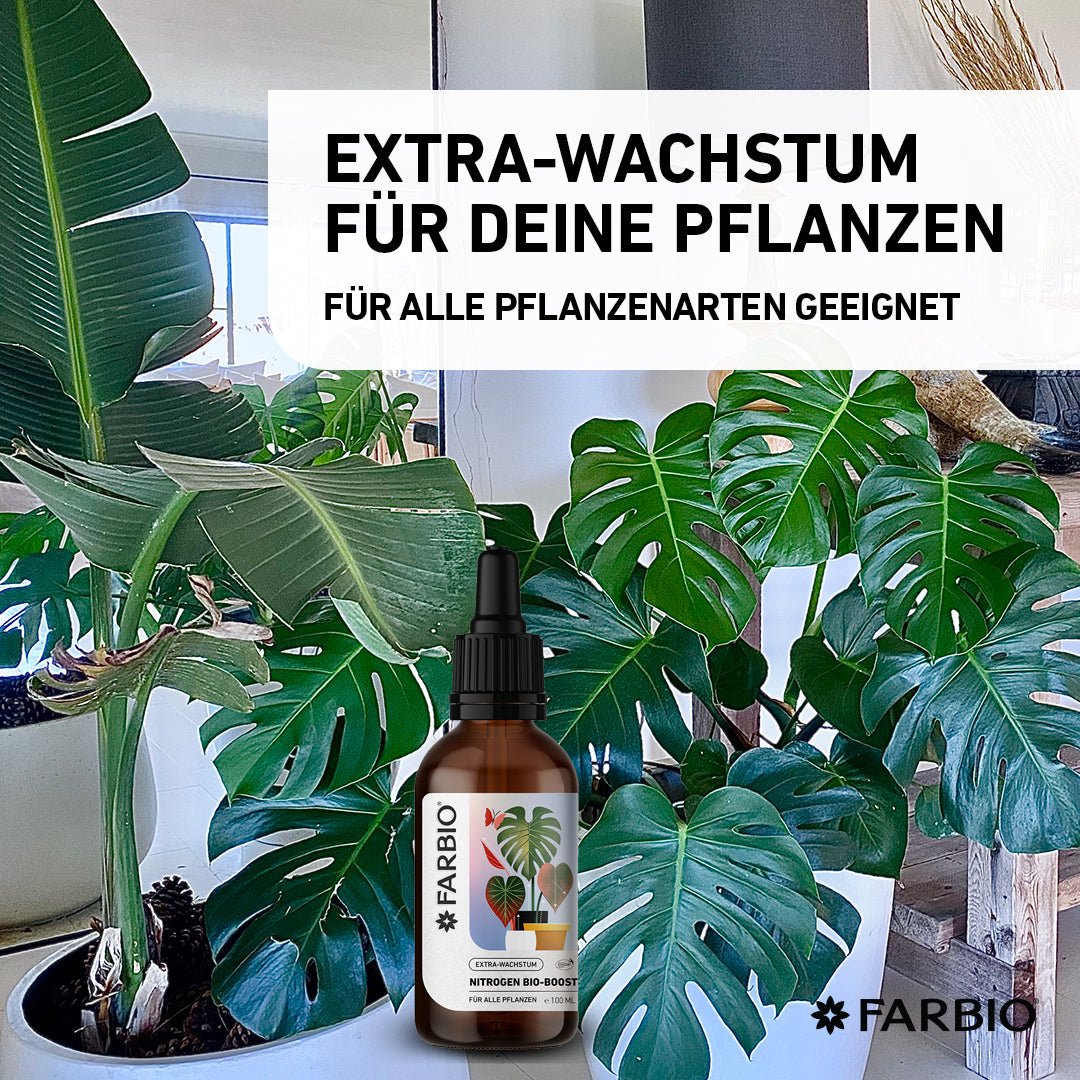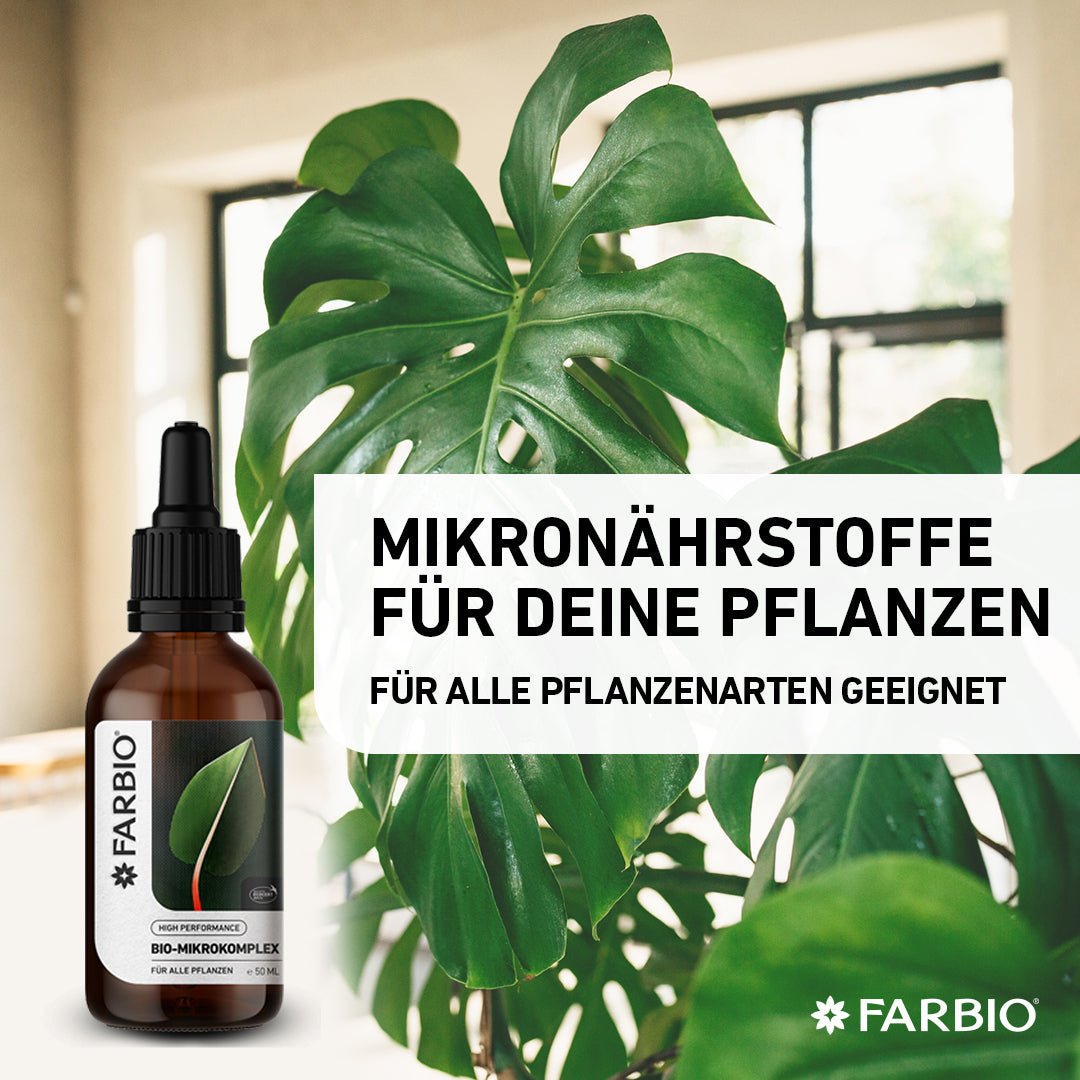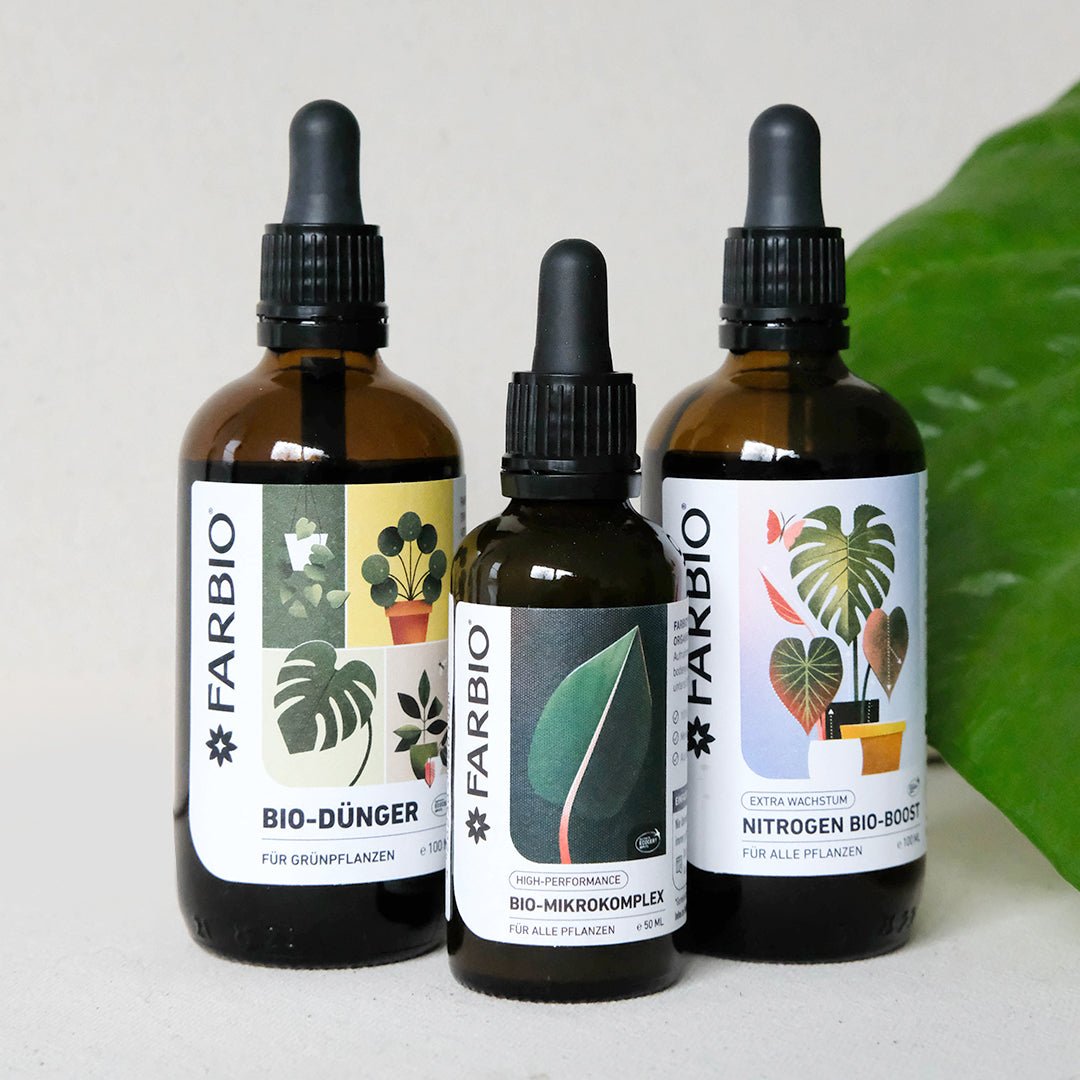Have you found small insects on the leaves of Monstera, rubber trees, etc.? In many cases it could be thrips. Their tiny size and rapid reproduction rate make them a nuisance. Thrips feed on plant sap and leave yellow or silver spots on the leaves. They can also affect the growth of the plant and damage it. So if you notice that your plants are infested with thrips, it's important to act quickly to stop the spread of the pest. Here you can find out how you can get rid of thrips to save your plant!
Recognizing thrips: appearance and damage to the plants
Before you take action to control thrips, it is important to identify them. Thrips are tiny, slender insects - up to three millimeters long. Depending on the stage of development, you will find them in different colors: yellow, black and brown. They have striking fringed wings that are characteristic of these pests. The scientific name is Thysanoptera . Other terms for this pest are fringed winged winged insects or thunderbirds.
A clear sign of a thrips infestation is the damage. Thrips feed on plant juices and leave silver or bronze streaks or spots on the leaves. The affected leaves may curl or discolor, which can significantly affect the appearance of your plants.
Life cycle of the fringed winged beetle: from egg to larva to pupa to adult
To successfully combat thrips, it is helpful to understand the life cycle of these pests. Thrips go through four main stages: egg, larva, pupa and adult.
Thrips lay up to 70 eggs in their lifetime. The eggs develop into adult thrips within four weeks. The larvae usually pupate in the soil.
Don't feel like reading? In this video we explain everything about fighting pests.
Fight thrips
Once you have identified a thrips infestation, it is crucial to act quickly to minimize damage to your houseplants. Here are some steps on how to get rid of thrips:
1. Separate affected plants
If you notice a thrips infestation on your plant, isolate it from the other plants immediately. This will prevent the pests from spreading.
2. Cut off affected plant parts and young, curled leaves
If your infected plant still has curled young leaves, you need to cut them off. The thrips are protected from your treatment in the rolled leaves. They will spread again throughout the plant within a few days. If older leaves are very badly infected and show spots, you can also remove these and thus get rid of the thrips.
3. Rinse/wipe affected plant thoroughly
A simple method to combat thrips is to thoroughly rinse the infected plant in the shower. If the animals haven't spread that far yet, wiping them with a soft cloth can also help. Be sure to thoroughly inspect both the top and bottom of the leaves and remove insects. Repeat the process every day until no new pests appear.

4. Spray with neem oil
Neem oil is a natural remedy that can be very effective in controlling thrips. The active ingredient azadirachtin contains insecticidal properties and can kill pests. To do this, you can simply mix a few drops of neem oil with a liter of water and spray the plants with it. Repeat this process periodically to ensure no new thrips hatch.
5. Use beneficial insects against thrips
Certain beneficial insects such as predatory mites or lacewing larvae feed on thrips. These beneficial insects can be used to biologically control thrips. You can easily order them online.
6. Fight naturally with micronutrients
With our FARBIO® organic microcomplex special fertilizer, the focus is on the natural protection of your houseplants. By supplying them with essential trace elements, you ensure that the plants become more vital and resilient! The vegan leaf fertilizer with nanoparticle technology promotes the rapid absorption of complex micronutrients and strengthens your plants' self-protection mechanisms. This reduces the effects of pest and disease infestations.

Keep houseplants healthy and prevent thrips infestation
High humidity is the most effective home remedy against thrips. Infestations occur more frequently in autumn and winter because thrips love the dry heating air. Spray your ornamental plants regularly with a spray bottle!
With the help of blue signs you can detect an infestation early. The adult thrips are attracted to the blue color and stick to it. Blue panels alone cannot do much in the case of severe infestations - they must be combined with other pesticides to kill the pests at all stages of their life cycle.
Particularly important: to check the plants regularly for pests in order to be able to identify and combat the infestation.


